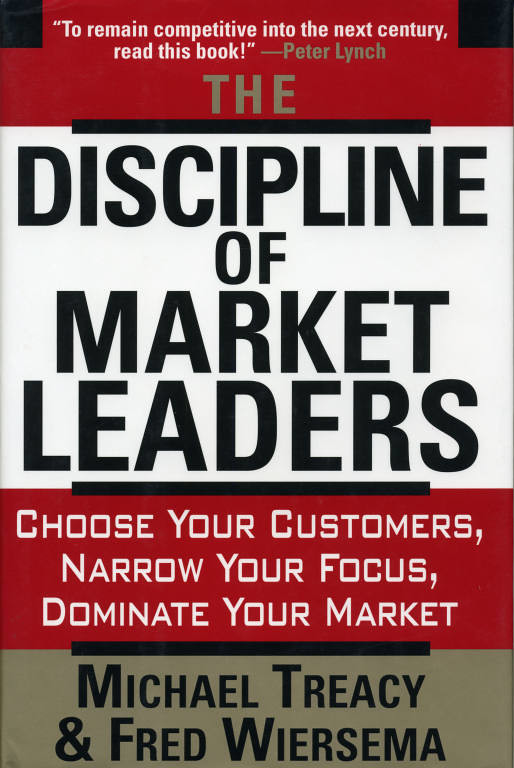
Kenyon Blunt
A while ago, one of my advisors challenged me to read an old business book, The Discipline of Market Leaders, by Treacy and Wiersma. It was first published in 1995, and I didn’t think it had much relevance to today’s fast-changing world of marketing strategy. So it wasn’t until recently, when I was stuck on a 10 ½ hour flight, that I opened the book. The book detailed three dimensions of competitive strategy: value leadership, product leadership and customer intimacy. And it was in the latter section that I was astounded by something written 15 years ago and what I perceived as a foreshadowing of today’s enthusiasm for customer engagement.
What is Customer Intimacy?
 The authors say, “customer intimacy builds bonds with customers like those between good neighbors.” And they elaborate by stating, “Customer-intimate companies don’t pursue transactions; they cultivate relationships.” Just think – this was written over 10 years before social media hit the marketing scene. Some common characteristics of customer-intimate companies are the delivery of superior services such as education and hands-on assistance (think Apple in today’s world). Their competitive advantage is rooted in human talent. Often customers will ask, “How come other companies can’t deliver this same level of service?”
The authors say, “customer intimacy builds bonds with customers like those between good neighbors.” And they elaborate by stating, “Customer-intimate companies don’t pursue transactions; they cultivate relationships.” Just think – this was written over 10 years before social media hit the marketing scene. Some common characteristics of customer-intimate companies are the delivery of superior services such as education and hands-on assistance (think Apple in today’s world). Their competitive advantage is rooted in human talent. Often customers will ask, “How come other companies can’t deliver this same level of service?”
The chapter on customer intimacy says the operating model for customer-centric companies is as follows:
- An obsession with solution development and relationship building;
- An organizational structure where employees are empowered to act on behalf of the customer;
- Management systems that are focused on delivering results for customers;
- A culture that embraces specific over general solutions and that prospers with deep and lasting client relationships.
In short, customer-intimate companies provide a better overall result for their clients by providing a broader range of services, coupled with intimate customer knowledge.
What is Customer Engagement?
If you’re like me, the above description is starting to sound a lot like one of the most over-used phrases in modern marketing: customer engagement. Engagement is a bit broader than intimacy, because it refers to customers engaging with one another or with a company. It can be either online or offline. Customer intimacy has always been a marketing mantra, but it has been the rise of online and user-generated content that has propelled it to a new level. In fact, Jupiter Research (now part of Forrester), defines social marketing “as the practice of marketing to encourage user engagement by leveraging social media.”
Today, we might engage customers with games, social networking sites, blogs, discussion boards, or video, as compared to the “old days,” when we engaged clients with such practices, techniques and events such as customer research, sweepstakes, golf outings or open houses.
The one thing that’s different today is that the conversation is as likely to be from customer-to-customer as it is from company-to-customer. In the end, however, both models aim to encourage customer loyalty and advocacy through word-of-mouth. So, in my mind, customer engagement is nothing more than the old term “customer intimacy” kicked up a notch or two with social media. Aren’t we still talking about cultivating relationships and having dialogues with customers? It’s just that we have more tools now.
Resources:
The Discipline of Market Leaders by Michael Treacy & Fred Wiersma
www.wikipedia.org/wiki/Customer_engagement
Forrester Research (previously done under Jupiter Research) www.forrester.com
Engagement: Defining and Encouraging User Engagement, by Emily Riley with David Card
About the Author:
Kenyon Blunt is the CEO of the database marketing analytics firm: SIGMA Marketing Group. Connect with Kenyon on or follow him on .
Related Articles:
What Does Engagement Really Mean?
“Relationship Marketing” Is More Than Just a Buzzword from 2008… It’s a Necessity!
How Much Are Your Customers Worth?

{ 2 trackbacks }